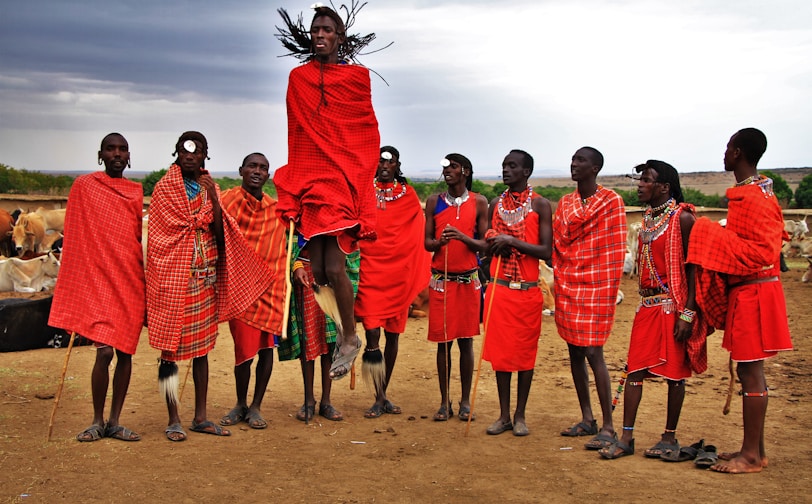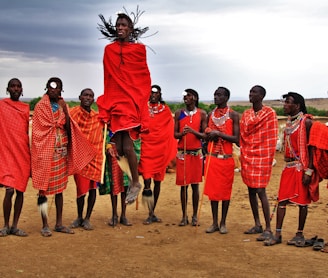African fashion
African clothing and fashion is a diverse topic that provides a look into different African cultures. Clothing varies from brightly colored textiles, to abstractly embroidered robes, to colorful beaded bracelets and necklaces. Since Africa is such a large and diverse continent, traditional clothing differs throughout each country.
HIRU
6/25/20231 min read


African clothing and fashion is a diverse topic that provides a look into different African cultures. Clothing varies from brightly colored textiles, to abstractly embroidered robes, to colorful beaded bracelets and necklaces. Since Africa is such a large and diverse continent, traditional clothing differs throughout each country.
Dressing is a way in which the richly diverse continent communicates with the world. Differing African outfit styles all have one thing in common: they are a form of expression and diversity. Opulent designs and colours are emblematic characteristics of African fashion. Historically, prints have always been the focus.
African prints reflect African culture and, traditional African outfits for women draw inspiration from their surroundings. Patterns tell tales and traditional proverbs. Each line and colour represents a different piece of the puzzle, which all comes together to form a unique story.
In the history of clothing used in West Africa, the use of colours had meaning depending on the country. Gold represents wealth and fertility, Red representing tension, Blue represent love and peace, Green represents prosperity and life and White Spirituality and purity.
The Headwrap for example, is a symbol in Africa of one’s life and social status; survival, courage, and cultural identity. It originated in sub-Saharan Africa, and was often used to convey modesty, spirituality and prosperity. Even men in Africa wore head wraps to symbolize wealth and social status. Head wrapping was literally a way that Africans for centuries have been able to non-verbally communicate their place in life. They were made to understand that the headwrap of a woman walking down the street would tell them if she was a widow, a grandmother, or if she’s a married young woman. It was an element in the daily living of an African woman. Headwraps also served a practical function in protecting the head from the rays of the sun. In West Africa, head wraps are referred to as ‘gele’ in Yoruba or ‘ichafu’ in Ibo.
In conclusion, African attire wasn’t just used as a covering to the body, they were and are still used as a means of communication.
